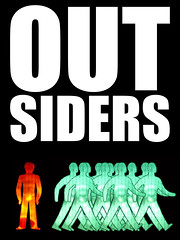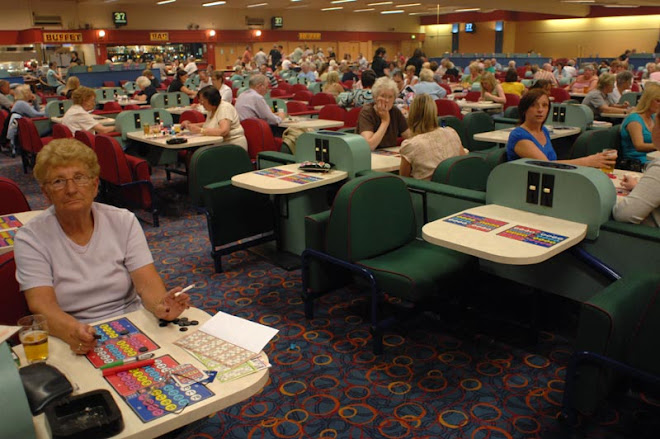
Assignment: Produce a single image on the subject of Cast Away. Your picture should be designed to give a sense of tranquillity and peace away from the hustle of city life. The picture is aimed at Conde Nast Traveller magazine and should be accompanied by a caption that will be understood by a broad international readership.There was a heated debate in our seminar this week about the type of image required for this assignment and whether a less obvious image would work.By ‘less obvious’ I mean a photograph which fails to meet the brief, would never be used by a travel magazine editor and which is supposed to make the viewer think deeply about some kind of suggested hidden meaning. Can you guess which side of the fence I was sitting on?There was a feeling of hysteria in the class as several otherwise normal people decided a magazine is needed that uses abstract imagery to suggest a holiday landscape where the reader must use their brains to think. Suddenly everyone’s a magazine editor.Thinking of doing this course? Prepare yourself to be smacked around the face by intellectualism.If such a magazine did exist it wouldn’t sell many copies. It would fold very quickly. That’s the harsh reality. It was a good, polarising discussion though, even if it was poppycock.Anyhow, my image for this assignment attempted to show a man escaping city life in a quite literal way. The weather form the top of Sunnyhurst Tower in Darwen, Lancashire, meant that this photograph would never make it on to the pages to Conde Nast Traveller. But neither would Darwen, Lancashire.






